Introduction
Eight Treasure Porridge, known in Chinese as Bābǎo Zhōu (八宝粥), is a revered traditional dish deeply embedded in Chinese culinary heritage. This hearty concoction, typically comprising eight or more ingredients, transcends its role as a mere meal to become a symbol of harmony, prosperity, and familial unity. Celebrated for its rich history, cultural significance, and nutritional versatility, Eight Treasure Porridge has evolved from a humble peasant food to a global sensation, appreciated for its ability to unite generations and nourish both body and spirit. This article explores the origins, cultural symbolism, nutritional benefits, and modern adaptations of this beloved dish, shedding light on why it remains a staple in households worldwide.
Historical Roots and Cultural Evolution
The story of Eight Treasure Porridge begins in ancient China, where resourcefulness and seasonal ingredients dictated culinary practices. The dish’s earliest iterations emerged during the Song Dynasty (960–1279 CE), when Buddhists began preparing vegetarian porridges to honor the Buddha’s enlightenment. Legend has it that Emperor Zhenzong of the Song Dynasty once fell ill, and his recovery was attributed to a nourishing porridge made from eight precious grains. This tale cemented the dish’s reputation as a health-restoring elixir, earning it a place in imperial courts and monastic kitchens alike.
Over centuries, the recipe diversified across regions and social strata. During the Lunar New Year (Spring Festival), families would prepare Bābǎo Zhōu as an offering to ancestors, believing its eight ingredients symbolized luck, prosperity, and completeness. The number eight itself holds auspicious connotations in Chinese culture, as the word for “eight” (bā) sounds similar to the word for “wealth” or “prosper” (fā). Thus, consuming the porridge during festivals was thought to invite good fortune for the coming year.
The dish’s popularity surged during the Qing Dynasty (1644–1912 CE), when it became associated with the Laba Festival, a Buddhist celebration observed on the eighth day of the twelfth lunar month. Monasteries distributed porridge to the poor, fostering community goodwill and reinforcing the dish’s moral significance. Today, Eight Treasure Porridge remains a Laba Festival staple, though its consumption is no longer confined to religious or seasonal occasions.

Cultural Symbolism and Rituals
Eight Treasure Porridge is more than a culinary creation—it is a living artifact of Chinese philosophy and social values. Each ingredient carries symbolic weight, reflecting Confucian ideals of balance and harmony. For instance:
- Glutinous Rice: Represents unity and family cohesion.
- Red Beans: Symbolize luck and ward off evil spirits.
- Lotus Seeds: Embody fertility and marital bliss.
- Jujube (Dates): Signify wealth and prosperity.
- Longan: Represents family reunions and completeness.
- Ginkgo Nuts: Symbolize longevity and resilience.
- Barley: Stands for health and vitality.
- Mung Beans: Signify growth and renewal.
The act of preparing the porridge is often a communal effort, with family members gathering to measure, wash, and combine ingredients. This ritual fosters intergenerational bonding, as elders pass down recipes and stories to younger relatives. In some regions, the porridge is cooked in a clay pot overnight, filling homes with a comforting aroma that signals the start of festivities.
Nutritional Powerhouse: A Blend of Tradition and Science
Modern nutritionists have lauded Eight Treasure Porridge for its balanced macronutrient profile and micronutrient diversity. The dish typically combines whole grains, legumes, nuts, and dried fruits, creating a synergistic blend of fiber, protein, and complex carbohydrates. Key ingredients include:
- Glutinous Rice: A primary energy source, rich in B vitamins and minerals like manganese.
- Red Adzuki Beans: High in iron, potassium, and antioxidants, supporting heart health and detoxification.
- Lotus Seeds: Packed with protein and magnesium, aiding sleep and stress reduction.
- Jujubes: A natural source of vitamin C and fiber, boosting immunity and digestion.
- Longan Fruit: Contains vitamins A and C, promoting skin health and vision.
- Ginkgo Nuts: Rich in flavonoids and antioxidants, enhancing cognitive function.
- Barley: High in beta-glucans, which lower cholesterol and regulate blood sugar.
- Mung Beans: Provide folate and magnesium, supporting muscle and nerve function.
The slow-cooking process breaks down complex starches, making nutrients more bioavailable. This makes the porridge an ideal meal for the elderly, children, and those recovering from illness. Additionally, its low glycemic index and high fiber content aid in weight management and digestive health.
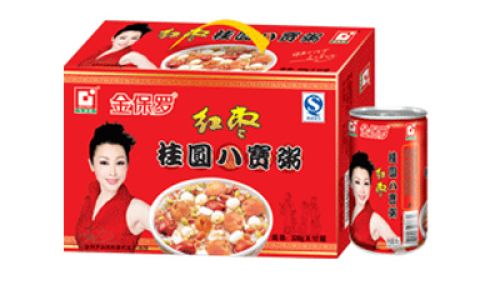
Culinary Adaptations and Regional Variations
While the classic recipe adheres to tradition, regional and modern adaptations have expanded the dish’s culinary boundaries. In northern China, where wheat dominates diets, chefs sometimes incorporate millet or sorghum. Southern variants may feature coconut milk or pandan leaves, reflecting Southeast Asian influences. In coastal regions, dried scallops or shrimp are added for umami depth, transforming the porridge into a savory one-pot meal.
Modern chefs have also embraced global flavors. Vegan versions substitute traditional sugar with maple syrup or agave, while gluten-free recipes replace barley with quinoa or amaranth. Some fusion restaurants serve deconstructed Bābǎo Zhōu as a parfait, layering porridge with yogurt and fresh fruit. Even fast-food chains in Asia now offer portable, pre-packaged cups of the dish, catering to busy urbanites.
Preparation Techniques: From Stovetop to Instant Pot
Crafting authentic Eight Treasure Porridge requires patience and attention to detail. The traditional method involves:
- Soaking Ingredients: Dried beans and nuts are soaked overnight to reduce cooking time.
- Simmering: A mixture of water and broth is brought to a boil, then reduced to a gentle simmer.
- Layering Flavors: Ingredients are added in stages—grains first, followed by beans, then delicate elements like lotus seeds.
- Sweetening: Rock sugar or honey is stirred in during the final minutes to avoid burning.
However, modern appliances have streamlined the process. Pressure cookers reduce cooking time to under an hour, while slow cookers allow for unattended overnight preparation. Some home cooks even use rice cookers with a “porridge” setting, achieving a creamy consistency with minimal effort.

Global Influence and Contemporary Relevance
Eight Treasure Porridge’s appeal extends beyond Asia, with health-conscious consumers in the West embracing its nutritional benefits. Food bloggers and influencers often highlight its versatility, pairing it with exotic toppings like chia seeds, goji berries, or almond milk. In countries like the U.S. and Australia, Asian supermarkets now stock pre-mixed packets of “Eight Treasure Porridge Blend,” simplifying preparation for time-strapped individuals.
The dish’s adaptability has also made it a canvas for sustainability movements. Chefs experiment with underutilized grains like fonio or teff, aligning with global efforts to reduce food waste. Additionally, its vegan-friendly nature aligns with plant-based dietary trends, appealing to eco-conscious consumers.
Conclusion: The Enduring Legacy of Eight Treasure Porridge
Eight Treasure Porridge is a testament to the enduring power of tradition in an ever-changing world. From its humble beginnings as a monastic offering to its current status as a global superfood, the dish embodies the intersection of culture, nutrition, and innovation. Whether enjoyed during a Lunar New Year feast or as a quick breakfast bowl, it remains a reminder of the simple joys—and profound wisdom—inherent in sharing a meal with loved ones.
As modern life accelerates, the ritual of preparing and savoring Eight Treasure Porridge offers a grounding force, a link to ancestral wisdom, and a celebration of nature’s bounty. In every spoonful, one tastes not just grains and beans, but centuries of history, generations of love, and the timeless pursuit of harmony.
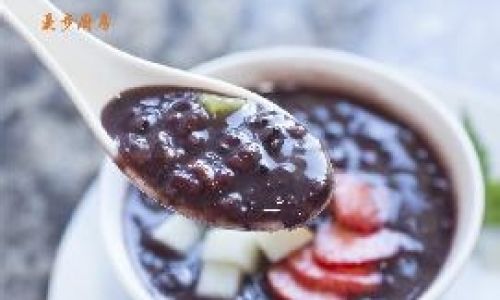
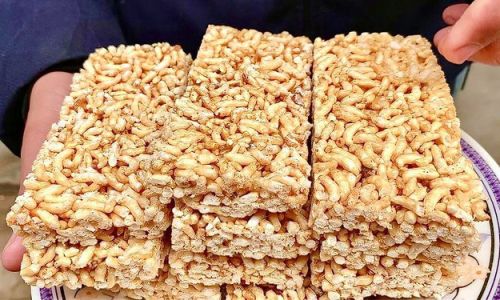
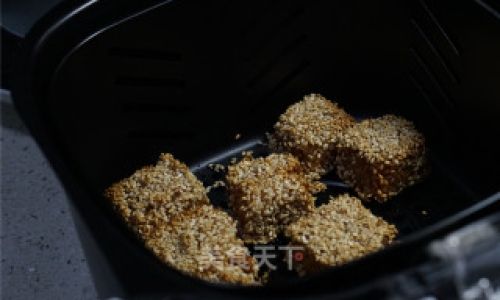

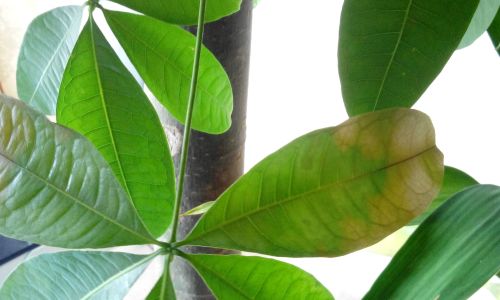

0 comments